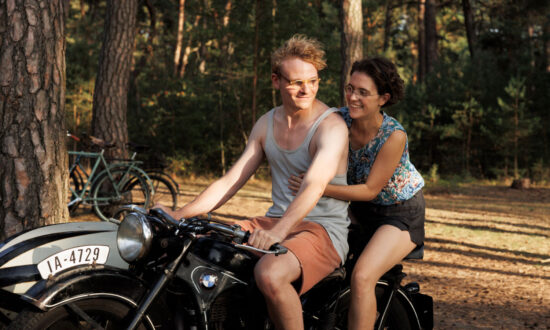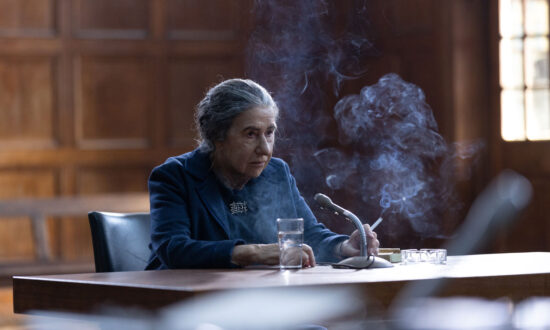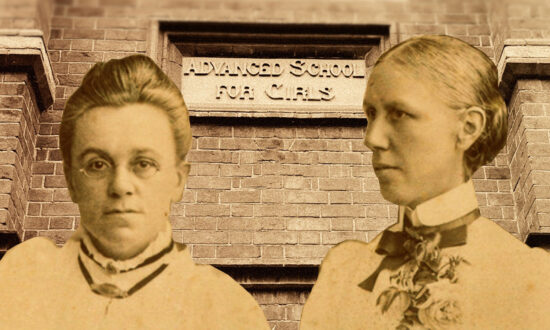Lindy West’s writing on feminism, pop culture and body image holds a pivotal place in the blog-based journalism boom of the mid-2010s. Best known as a popular and highly-shared writer at the feminist site Jezebel, West wrote the 2016 book Shrill: Notes from a Loud Woman, which saw her tackle topics including abortion, fat acceptance, rape culture and Twitter-trolling, with an astute eye and sharp wit.
Shrill (Hulu, 2019-21) is a sitcom based on the book with which it shares its name. West remains on board as a creator and executive producer alongside ex-Parks and Recreation producer Alexandra Rushfield, as well as Saturday Night Live regular and comic actor Aidy Bryant. Its third and final season arrived on Friday, May 7, simultaneously from the US via SBS.
Annie – Bryant, playing a semi-fictionalised West – is a writer at a Portland-based weekly culture-focussed news outlet. In early episodes we see her as a woman struggling with self worth and body image, such as in a relationship with a guy who makes her leave through the back garden so his housemates won’t see her. Season one also contains the landmark episode “Pool” – written by Samantha Irby – centred on a party for proudly fat women. While these bodies are all able-bodied, femme-presenting, highly groomed and roll-free, it was a key moment for representation of fat acceptance on television.

Get InReview in your inbox – free each Saturday. Local arts and culture – covered.
Thanks for signing up to the InReview newsletter.
Like Lena Dunham’s Girls (HBO, 2012-17) and Ilana Glazer and Abbi Jacobson’s Broad City (Comedy Central, 2014-19), much of the success of Shrill lies in friendship. Annie’s housemate and best friend – Fran, played by British comedian Lolly Adefope – forms a generous double act. Annie and Fran share humour, warmth and a love story more interesting and validating than the dating experiences they each have throughout the series. Through Fran’s character the writers introduce intersectional exploration of migrant experiences, queerness and gender identity, preventing the white-washed feminism that both Girls and Broad City were guilty of.
Season three of Shrill sees both Annie and Fran exploring dating and relationships more earnestly than previously. They have each learned lessons from having played the field or from being played, and both women appear ready for love.
In the end, Shrill is not afraid to settle on an ambiguous note and call time before growing stale. Across three seasons Annie and Fran face coming-of-age challenges that will be instantly recognisable to millennial women in particular. They have become more comfortable in their own skin, but there is still reckoning to do.
All three seasons of Shrill are available to stream via SBS On Demand.
Support local arts journalism
Your support will help us continue the important work of InReview in publishing free professional journalism that celebrates, interrogates and amplifies arts and culture in South Australia.
Donate Here




